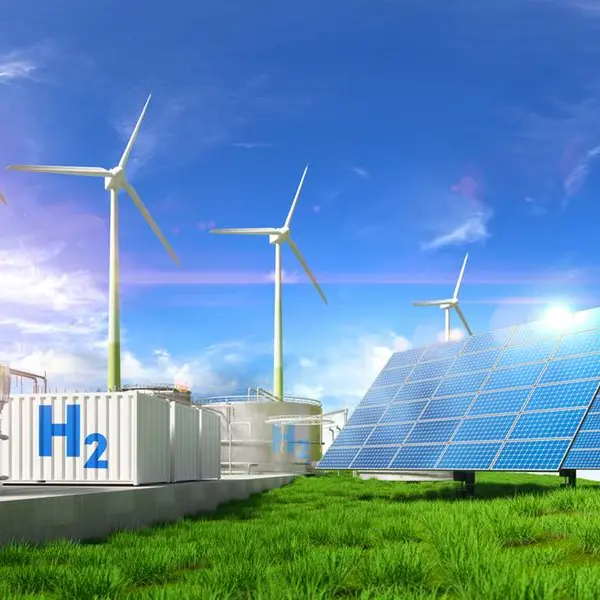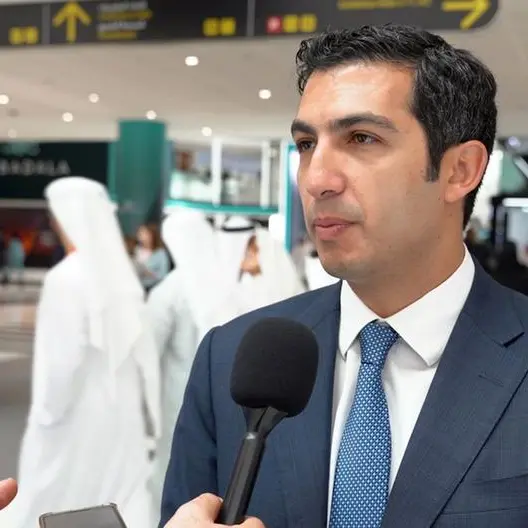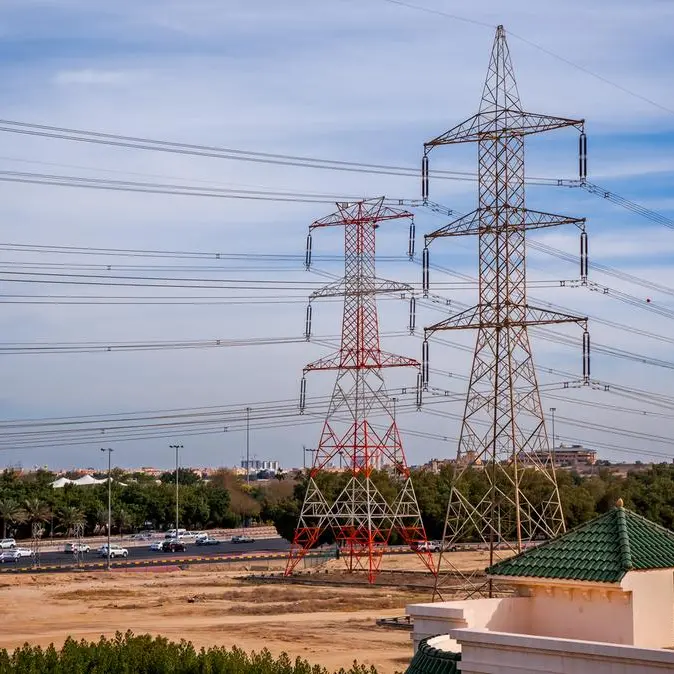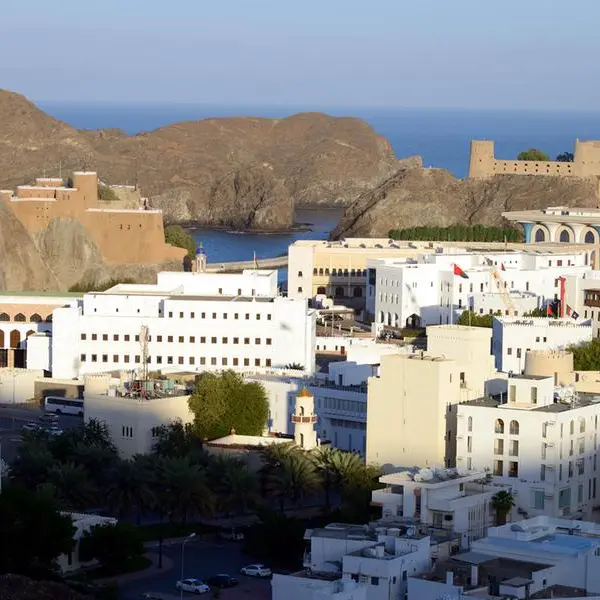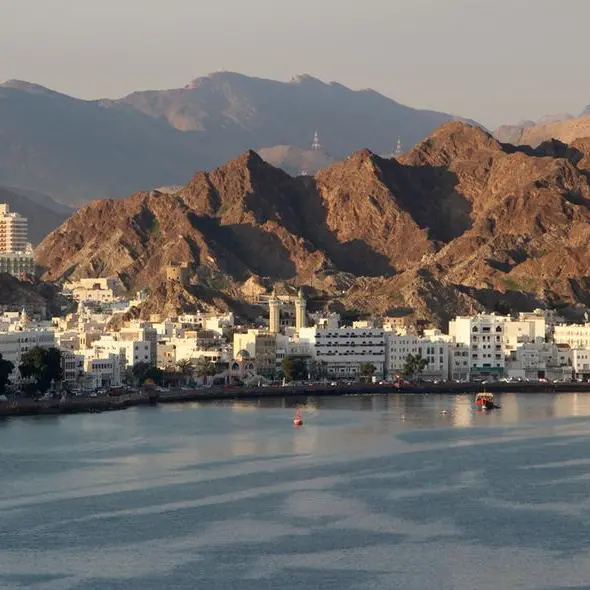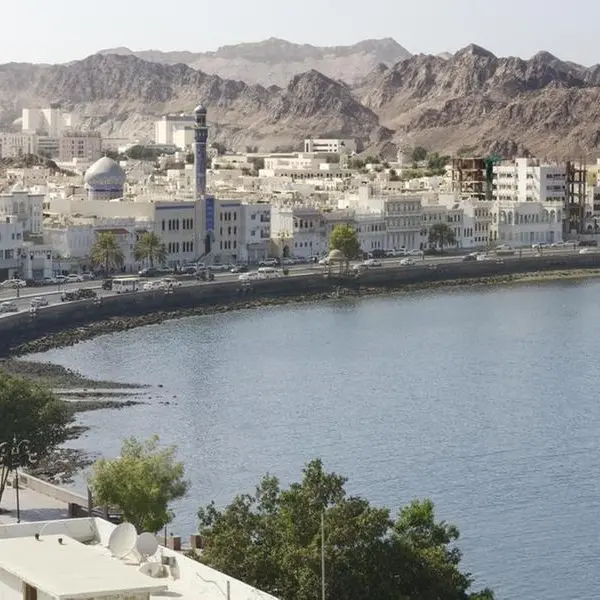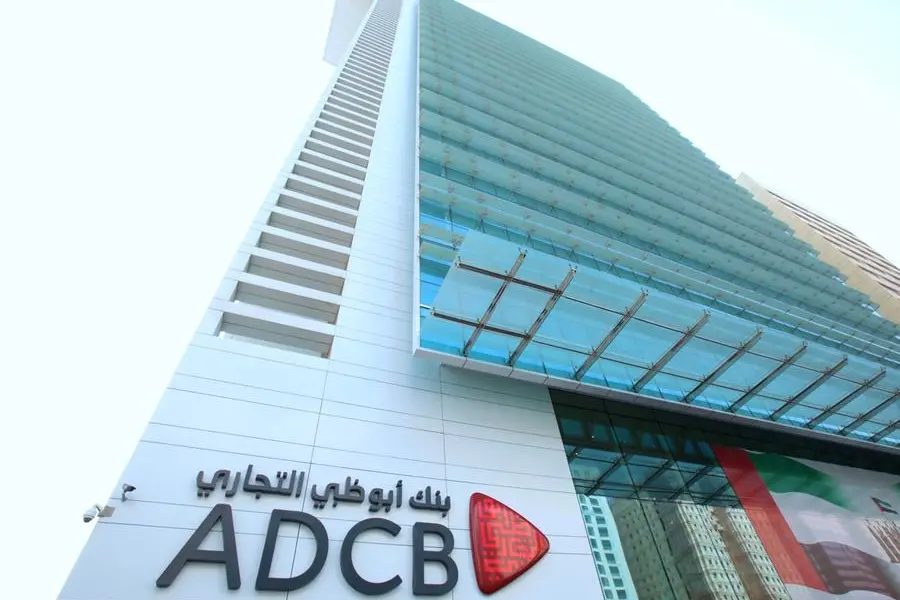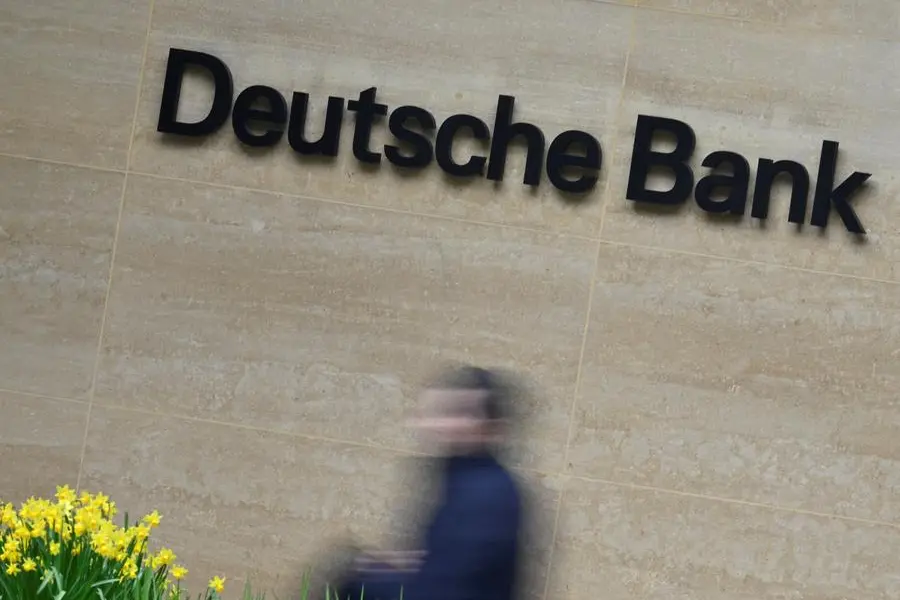The Sultanate of Oman’s push for alternate sources of energy such as solar and wind dovetails into plans to diversify the country’s economy and the move away from fossil fuels, the revenue driver of GCC economies.
Oman has ambitious alternative energy plans over the next five years. The country’s utility buyer OPWPC has plans to set up ‘MIS Solar IPP 2025’, the country’s fourth solar photovoltaic [PV] based Independent Power Project [IPP] to boost power demand within the Main Interconnected System [MIS] that supplies to the upper northern half of the country.
This project will boost the 500MW Ibri II IPP that opened in 2022 in Al Dhahirah Governorate. The government has plans for the implementation of two more solar projects in Manah. These new projects would meet consumers’ increased demand for power over the next five years. It also opens up prospects of sharing surplus energy.
The Sultanate of Oman’s renewable energy move fits well with the GCC’s plans of reviving the regional power grid. A revival of the power grid plan seems worthwhile because of increasing costs of setting up plants and power transmission infrastructure.
GCC countries have saved $3 billion in three years since the launch of GCC Interconnection Authority in 2019, according to Saudi Press Agency [SPA] report in January this year. Cutting out the need to build new power plants has added to the cost savings. It has lowered working and maintenance costs as well as reduced carbon emissions, the report said.
GCC countries’ transition from hydrocarbons to green energy has picked up momentum in the last five years. The lockdowns forced by the coronavirus pandemic and global slowdown before this has quickened the transition. Perfect government policy decisions further spur these moves.
Industry data support the fast-track move to renewable energy. In the first half of 2021, parties did not award contracts for oil or gas power stations in the Middle East and Africa [MENA] region. In this period, concerned parties signed renewable energy contracts worth around $2.8 billion.
The average value of contracts for oil or gas fuelled power stations in MENA was around $4.8 billion a year between 2017 and 2020. While thermal power plants contracts signed in 2020 were around $6.2 billion, according to Power-Technology data.
One of the major outcomes of the policymakers’ resolve to cut greenhouse gas emissions is either putting on hold or scrapping plans for new conventional power generation plants in MENA as well as Europe. Cheaper cost of renewable energy has further added speed to MENA region’s energy transition.
The outlook for renewable energy projects in MENA remains optimistic. According to Power-Technology group, renewable energy businesses have planned projects worth around $104 billion. From this figure, around $21.5 billion are at the contract tendering stage and are open for awarding this year. From the remaining planned projects worth $82.4 billion, around $4.1 billion projects are at an advanced stage. Most projects are in the study stage, the report says.
Although the renewable energy forecast for MENA has an optimistic outlook, some countries are slow in their transition because of rich reserves of conventional resources. On the positive side, 16 MENA countries have set renewable energy targets.
Feed-in Tariffs (FiT) or standard offer contracts or advanced renewable tariffs have spurred renewable technologies. FiTs are policies that speed up investment in renewable energy and technologies.
2022 © All right reserved for Oman Establishment for Press, Publication and Advertising (OEPPA) Provided by SyndiGate Media Inc. (Syndigate.info).

